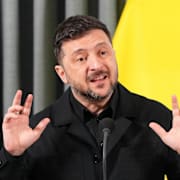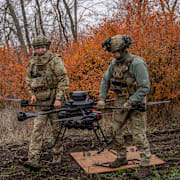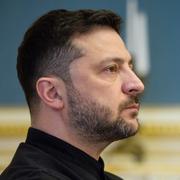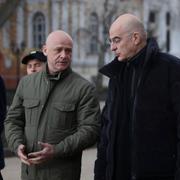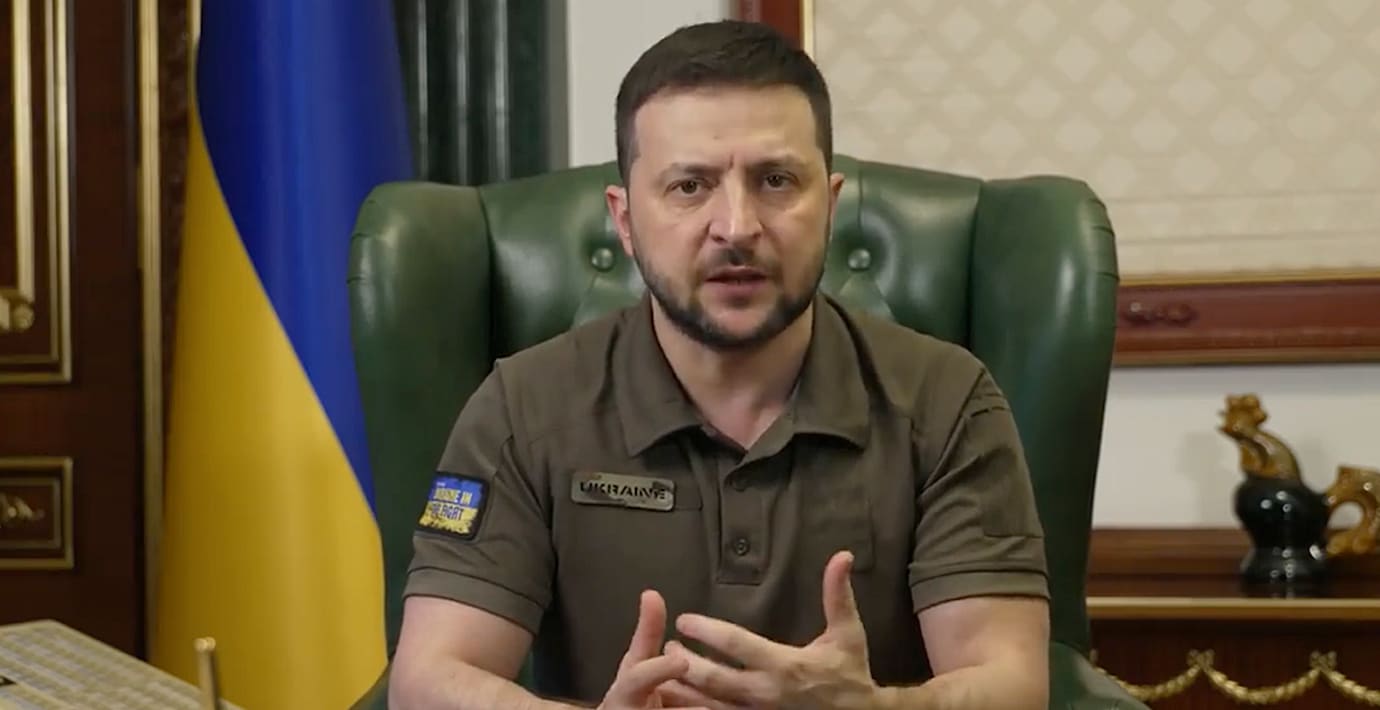
Hånet mot påstådda ryska laservapnet: ”Wunderwaffe”
Ryssland har hävdat att de använder en ny typ av laservapen som kan bränna upp en drönare på fem kilometers avstånd inom fem sekunder, rapporterar Sky News.
Uppgifterna hånas nu av Ukrainas president Zelenskyj.
– Ryssland försöker hitta sitt ”Wunderwaffe”, vilket påstås vara laservapen. Det indikerar klart och tydligt invasionens fullkomliga misslyckande, säger han i ett videoklipp.
Ryssland är rädda för att erkänna att ”katastrofala misstag” begåtts på den högsta statliga och militära nivån, enligt Zelenskyj.
”Wunderwaffe” – tyska för ”undervapen” – var en term som användes i nazitysk propaganda för att beskriva överlägsna supervapen som Hitlerregimen påstod sig utveckla.
bakgrund
Wunderwaffe
Wikipedia (en)
Wunderwaffe (German pronunciation: [ˈvʊndɐˌvafə]) is German for "Wonder Weapon" and was a term assigned during World War II by Nazi Germany's propaganda ministry to some revolutionary "superweapons". Most of these weapons however remained prototypes, which either never reached the combat theater, or if they did, were too late or in too insignificant numbers to have a military effect.The V-weapons, which were developed earlier and saw considerable deployment, especially against London and Antwerp, trace back to the same pool of highly inventive armament concepts. Therefore, they are also included here.
As the war situation worsened for Germany from 1942, claims about the development of revolutionary new weapons which could turn the tide became an increasingly prominent part of the propaganda directed at Germans by their government. In reality, the advanced weapons under development generally required lengthy periods of design work and testing, and there was no realistic prospect of the German military being able to field them before the end of the war. When some advanced designs, such as the Panther tank and Type XXI submarine, were rushed into production, their performance proved disappointing to the German military and leadership due to inadequate pre-production testing or poorly planned construction processes. Historian Michael J. Neufeld has noted that "the net result of all these weapons, deployed or otherwise, was that the Reich wasted a lot of money and technical expertise (and killed a lot of forced and slave laborers) in developing and producing exotic devices that yielded little or no tactical and strategic advantage". However, a few weapons proved to be successful and have had a large influence in post war designs.
In the German language, the term Wunderwaffe generally refers to a universal solution which solves all problems related to a particular issue, mostly used ironically for its illusionary nature.
Omni är politiskt obundna och oberoende. Vi strävar efter att ge fler perspektiv på nyheterna. Har du frågor eller synpunkter kring vår rapportering? Kontakta redaktionen
